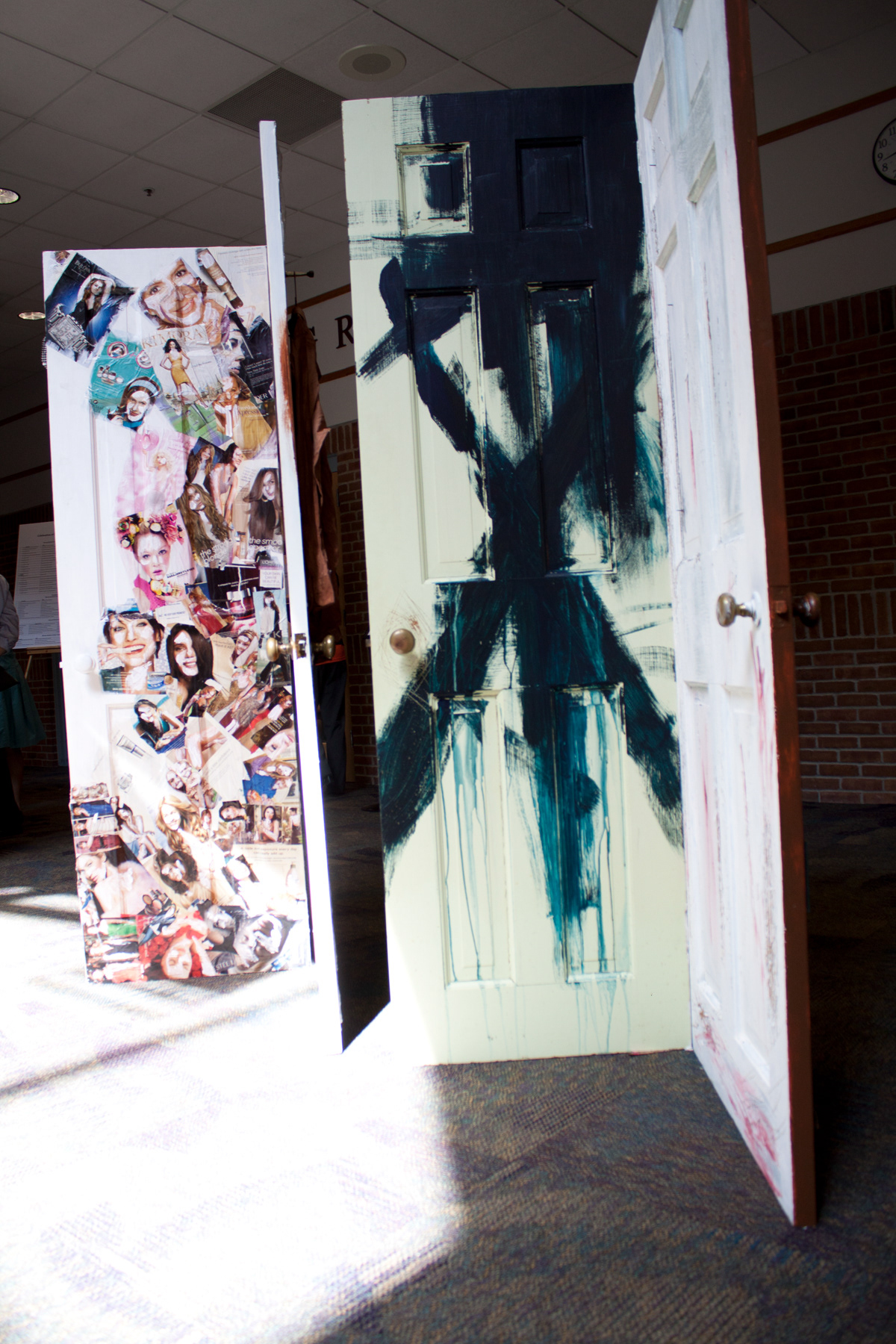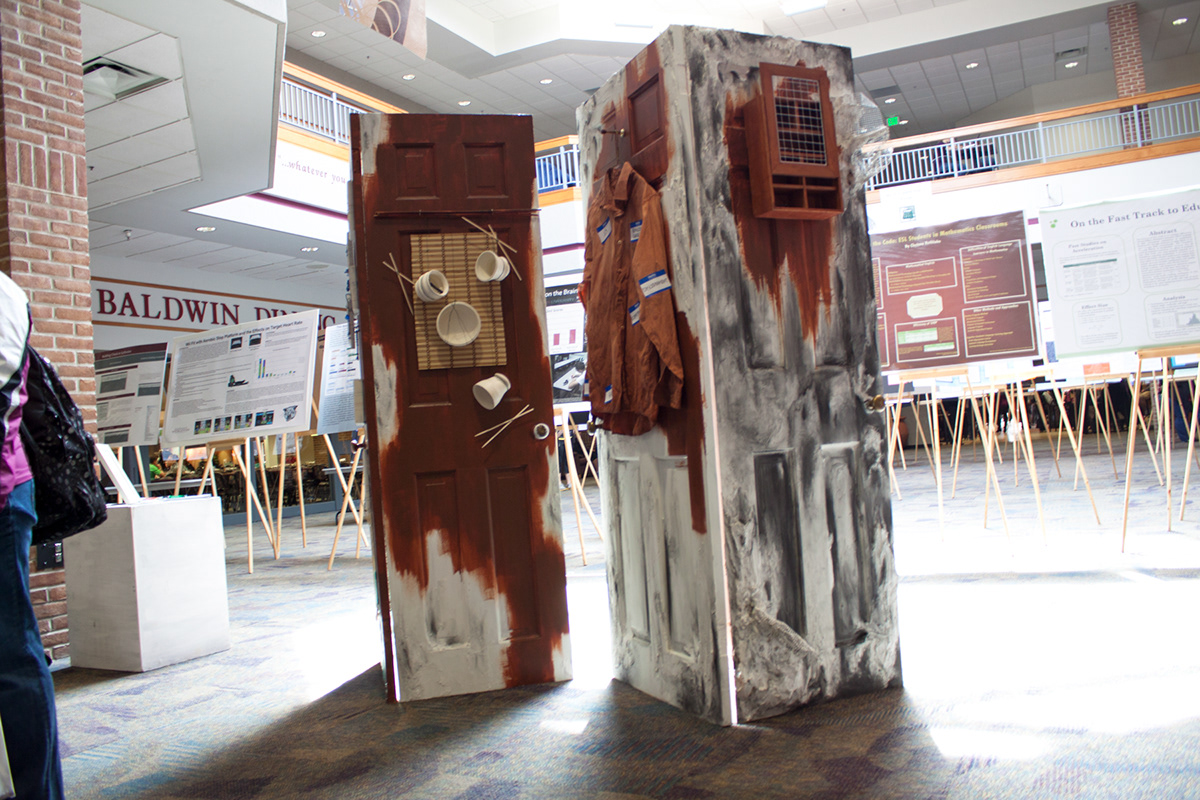Spring 2011

"Facilitating Reconciliation
and Community Formation
Through the Visual Arts: an Installation
After great tragedies, many people groups attempt to regain their culture in community. Can art be used in activities of Reconciliation?
This installation explores the dichotomy between the bondage of strongholds over a nation and the freedom of reconciliation. Each Stronghold Door represents a specific barrier or prison of bondage while the Reconciliation Doors offer pathways of possibility within Reconciliation and Restoration. A key placed within each of the Reconciliation Doors represents not only earthly Reconciliation but also of the releasing of heaven over individuals, people groups, and nations."
and Community Formation
Through the Visual Arts: an Installation
After great tragedies, many people groups attempt to regain their culture in community. Can art be used in activities of Reconciliation?
This installation explores the dichotomy between the bondage of strongholds over a nation and the freedom of reconciliation. Each Stronghold Door represents a specific barrier or prison of bondage while the Reconciliation Doors offer pathways of possibility within Reconciliation and Restoration. A key placed within each of the Reconciliation Doors represents not only earthly Reconciliation but also of the releasing of heaven over individuals, people groups, and nations."




Right to Left:
Injustice: imposed silence and struggle of the genocide; represents the attempted redefinition of a society by the regime and bears the marks of brutality.
Abandonment: the fatherlessness of the nation through the elimination of the parent generation; a young Cambodia grows up without physical and spiritual fathers and mothers.
Expectation: of perfection on the new generation. Young people are told very little of the genocide and encouraged to fit a flawless model of education and success.
Misidentity: result of injustice & fatherlessness; not taught what it means to be a man or woman; desiring the lighter skin of Koreans & Westerners, some Cambodians will bleach their skin to lighten it.


Personal Freedom: physical and spiritual breakthrough, banishment of lies, past injustices, generation curses, and false religion.



Regaining Identity: the reception of true identity and original design.

Forgiveness in Community: after reconciliation with self and God, restoration in family and then community.

Declaration: sharing and proclaiming restoration through the arts - dance, testimony, song, and the visual arts.


